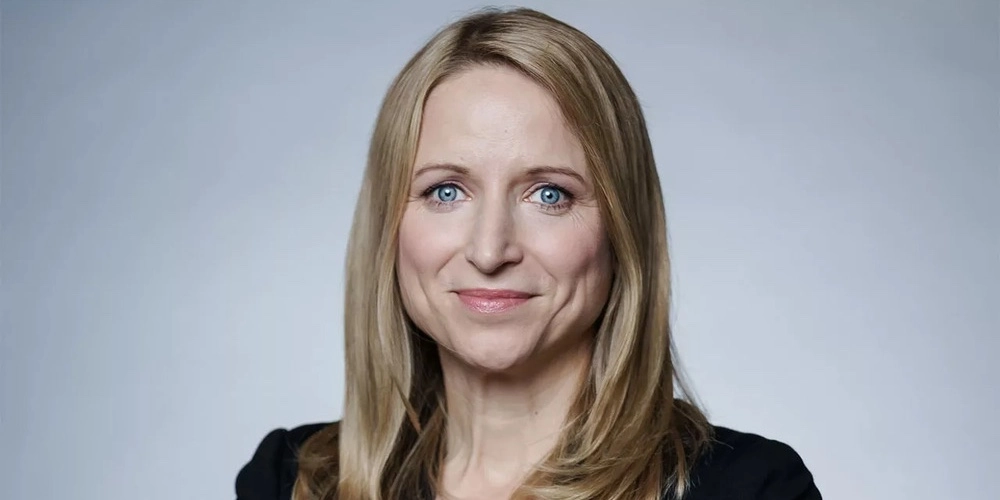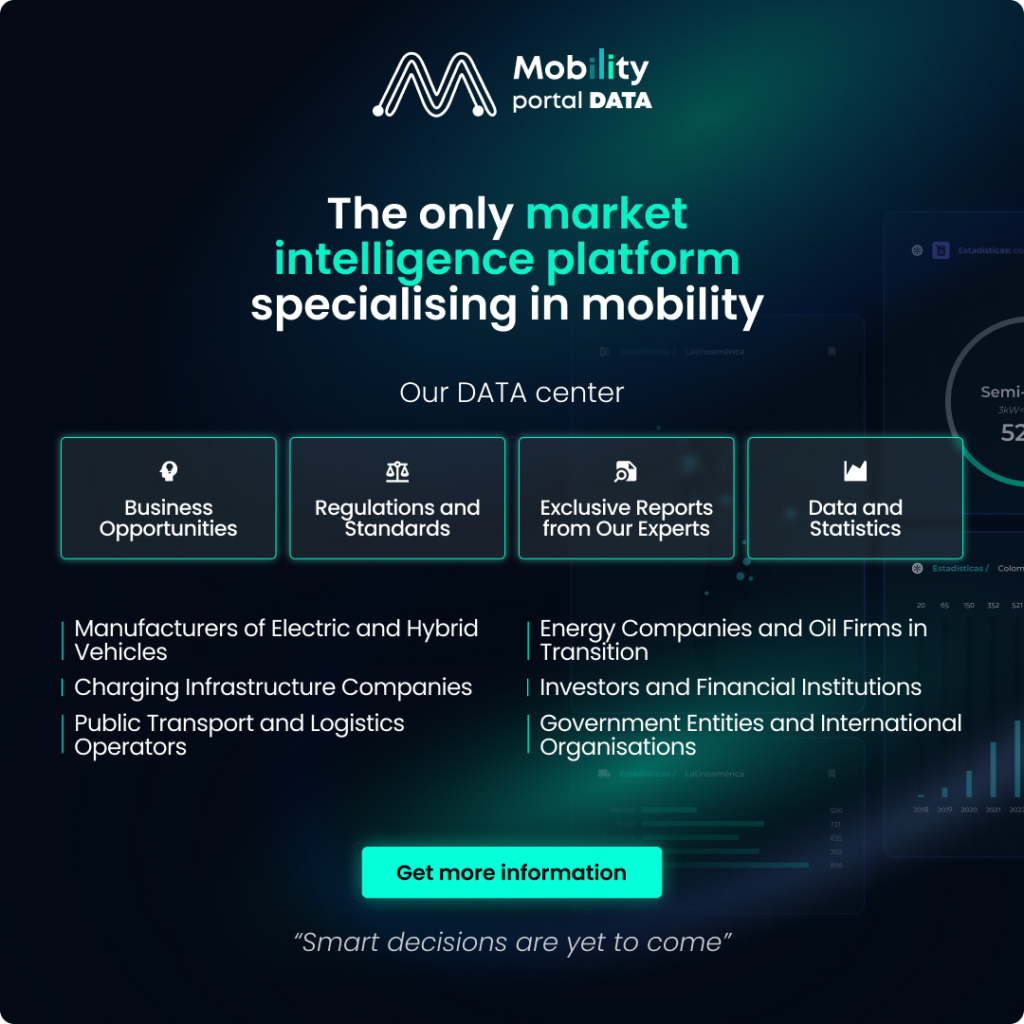The former Parliamentary Secretary of State for the Minister of Digitalisation and Transport, a position she held for three years, Daniela Kluckert, reflects on the challenges Germany had to face during its transition to electromobility.
“Our initial strategic vision was affected by multiple unforeseen severe crises,” begins the current member of the German Federal Parliament in an exclusive “one-on-one” interview.
Among the reasons, she particularly highlights Russia’s attack on Ukraine, which led to “high energy prices, inflation, and weak economic growth.”
“Moreover, when we took office, we found Germany’s infrastructure in a very poor state, with crumbling bridges and roads, and a lack of digitalisation—worse than we had expected,” she asserts.
Nevertheless, this has not been an obstacle to advancing the transition.
“We managed to accelerate, in a very short period, in many fields, such as the expansion of our digital and mobile infrastructure, and the great achievements in out (fast) charging infrastructure for cars and trucks,” she emphasises.
This is reflected in the fact that, since December 2021, the number of public chargers has increased by more than 80%.
According to the parliamentarian, this places Germany alongside the Netherlands as European leaders in the electric transformation, with an 80% increase in adoption.
Meanwhile, despite recent budgetary problems, they secured 1.8 billion euros for the development of the “Deutschlandnetz”, the fast-charging network for eTrucks, which was officially launched in July 2024.
Germany has set ambitious goals, such as achieving 15 million electric vehicles (EVs) and 1 million charging points by 2030.
However, Kluckert maintains that focusing solely on the number of “refuelling” points and EVs is not the crucial factor.
When asked about the keys to success in terms of electromobility, she replies: “We need high charging capacities, shorter ‘refuelling’ times, options nationwide, and affordable EVs.”
And that’s not all.
Despite recent budgetary challenges, the ministry has managed to prioritise investments and restructure funding programmes, allocating resources “in a more purposeful way.”
As a result, her focus is on modernising infrastructures and investing in crucial future technologies such as autonomous driving, eMobility, Artificial Intelligence, and power-to-liquid fuels.
“Overall, we are on the right track,” she notes in this regard.
In this context, in a conversation with Mobility Portal Europe, Kluckert reflects on her role as Parliamentary Secretary of State at the Ministry of Digitalisation and Transport.
“It gave me the opportunity to contribute to several important initiatives, including Germany’s Digital Strategy, a roadmap with respective subject-specific strategies, goals, and measures for all federal departments,” she explains.
Other milestones she highlights include the deployment of the “Deutschlandnetz” charging network, the dynamic expansion of digital and mobile infrastructure, and her work on various government policies.
Furthermore, in her previous role as the first designated Commissioner for charging infrastructure, she focused on enabling, coordinating, and supporting the construction of this network for EVs.
With all this experience, the former secretary emphasises the country’s strengths.
What are they? “Germany is an automotive nation, and its industry is deeply ingrained within our DNA,” she remarks.
She also highlights: “Our excellence in engineering and our pioneering spirit is recognized and highly appreciated around the world.”
Transforming this core industry to meet future demands, secure jobs, and guarantee economic prosperity are aspects she stresses as essential to consider as the transition progresses.
This massive transformation process is not without its challenges.
“Among them are high inflation rates, skyrocketing energy prices, shortages of resources and labor, excessive bureaucracy and other investment constraints,” she indicates.
“The eMobility system must be efficient and interconnected”
Emphasising the importance of infrastructure, Kluckert states that the success of electromobility does not rely solely on the number of charging points or electric vehicles.
“The overall eMobility system will only be successful if all the components of charging, driving, and payment experience are efficiently interlinked and function smoothly,” she asserts.

This integrated vision aims to minimise barriers for citizens and ensure an accessible and straightforward user experience.
And that’s not all.
Furthermore, the transition to more sustainable mobility requires time.
“In order to counter prejudice and scepticism, we need to minimise potential barriers for citizens,” she comments.
To achieve this, she considers it essential to create successful benchmarks, ensure access to charging infrastructure, and guarantee an overall positive experience.
“We want to set good examples and best practices to convince people of the benefits of electric vehicles,” concludes Kluckert.
It is worth noting that the former secretary has focused much of her recent years primarily on matters related to digital infrastructure, the digital society, electromobility, new mobility, and the maritime industry.







